Long before supermarkets, delivery apps, and refrigeration, Appalachian families relied on resourcefulness, seasonal planning, and a deep understanding of the land to get through brutal winters. These mountain communities, often isolated by snow and distance, couldn’t just run out for bread or canned goods. Every bite had to be grown, foraged, preserved, or traded—and every family member played a role in making sure there was enough to last until spring.
What’s remarkable isn’t just how they survived, but how well they managed with so little. By relying on wild edibles, heirloom crops, and clever preservation techniques—like drying, root cellaring, fermenting, and even burying food underground—Appalachian families built pantries that were rugged, nutritious, and surprisingly diverse. These weren’t just calorie fillers; many foods were chosen for their healing properties, long shelf life, or ability to grow in poor soil.
Today, in a world filled with convenience, revisiting the food knowledge of Appalachia offers more than just nostalgia. It’s a lesson in resilience, sustainability, and how to eat with the seasons—skills that feel increasingly relevant in uncertain times. Here are 18 foods that helped mountain families not only make it through the winter—but thrive, year after year.
Cornbread

Cornbread, a staple in Appalachian kitchens, provided warmth and nourishment to families during frigid winters. Made from simple ingredients like cornmeal and buttermilk, it was both filling and versatile. Whether served with stews or enjoyed on its own, cornbread’s comforting texture and rich flavor were beloved by all. Its quick preparation made it an essential part of busy households. Passed down through generations, recipes varied slightly, but the tradition remained strong. This humble bread played a vital role in winter survival, offering a taste of home even in the harshest conditions.
Dried Apples
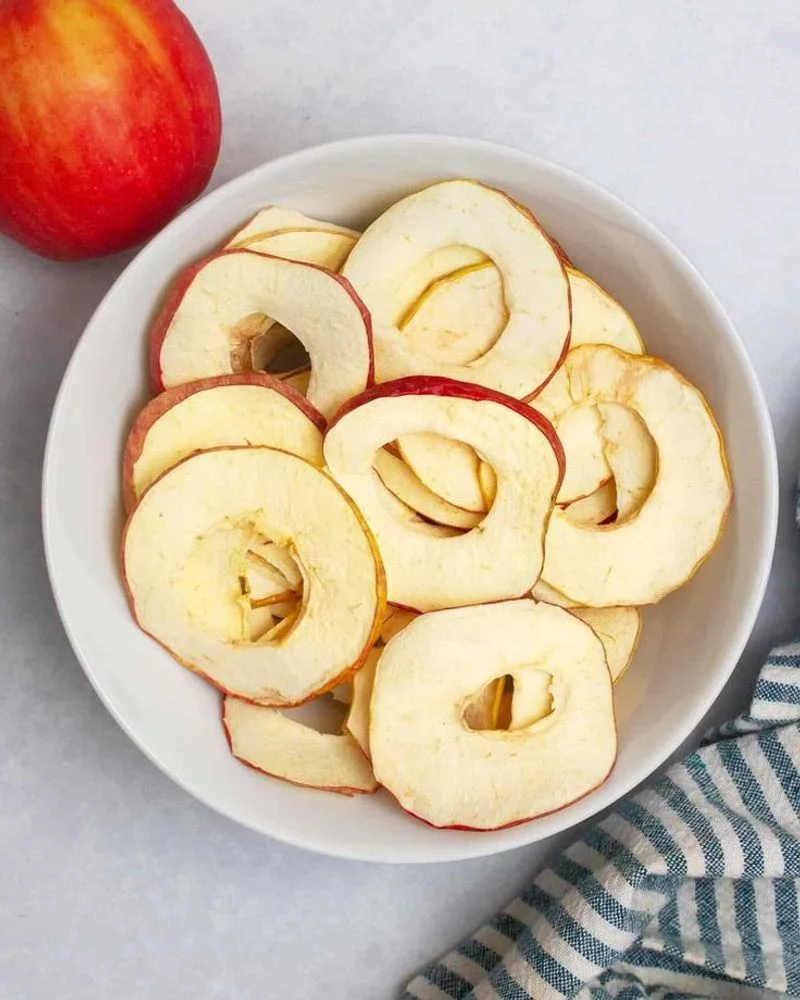
Dried apples, with their sweet, concentrated flavor, were a cherished treat during harsh winter months. Families sliced and dried apples in the autumn sun, preserving the bounty for the cold days ahead. This process intensified their sweetness and extended their shelf life, making them a pantry staple. The chewy texture and tangy taste brought joy to many, whether eaten as snacks or rehydrated in pies and desserts. They captured the fleeting essence of autumn orchards, providing a nostalgic reminder of warmer days. Dried apples were more than just food; they were a connection to the past.
Salt-Cured Ham

Salt-cured ham was not just a food, but a tradition in the Appalachian region. Its rich, savory flavor and long shelf life made it invaluable during the sparse winter months. Families would salt and hang hams in smokehouses, letting time and nature work their magic. The result was a robust, flavorful meat that could be sliced thin and served in various dishes. This process not only preserved the pork but also enhanced its taste, creating a delicacy cherished at family gatherings. Salt-cured ham was a testament to the ingenuity of Appalachian preservation techniques.
Canned Beans

Canning beans was a common practice among Appalachian families, ensuring a hearty supply of nutrition through the winter. Beans, rich in protein and fiber, were canned during the harvest season and stored for the cold months. The process was labor-intensive but rewarding, transforming fresh produce into a ready-to-eat staple. The variety of beans added diversity to meals, from soups to stews. Each jar represented hours of work and the comforting promise of sustenance. Canned beans were more than just food; they were symbols of preparation and foresight in the face of winter’s bite.
Pickled Vegetables
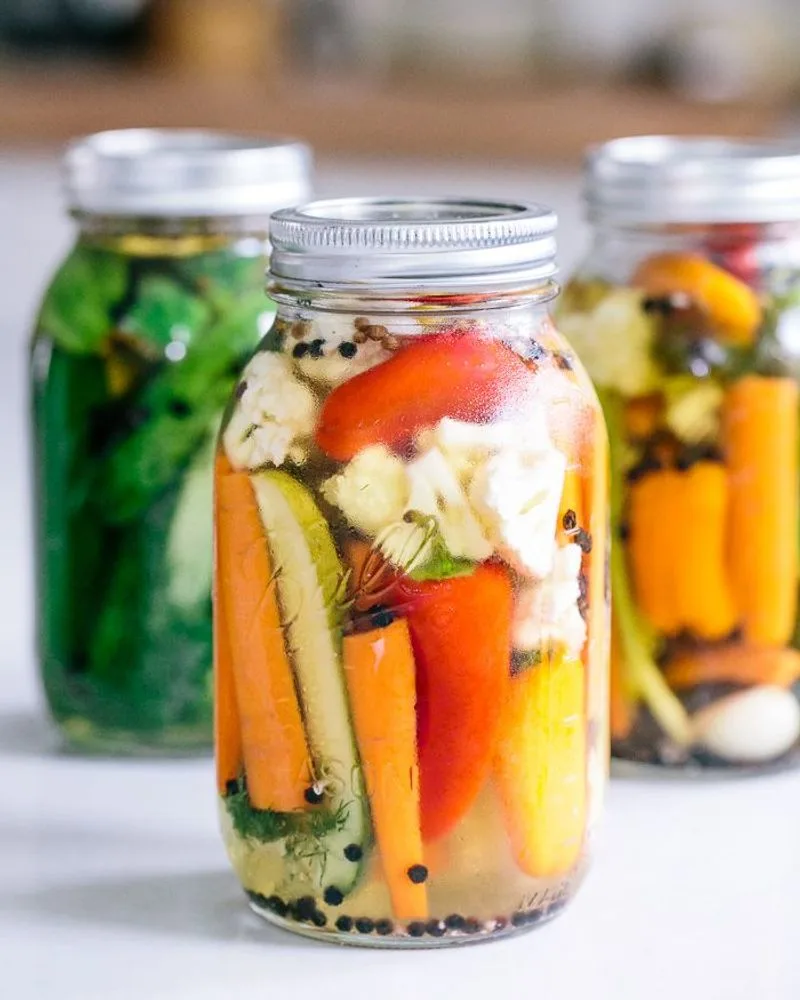
Pickling vegetables was a vibrant way to preserve the harvest for Appalachian families. The bright colors and tangy flavors of pickled vegetables brightened winter meals. Whether cucumbers, peppers, or beans, pickling offered a way to enjoy garden bounty year-round. These jars brought zest to otherwise monotonous winter diets, each bite a burst of summer’s vibrancy. The process of pickling was both art and science, requiring careful balance of ingredients and time. It kept traditions alive, as families passed down recipes and stories. Pickled vegetables embodied resilience and creativity in Appalachian kitchens.
Potatoes
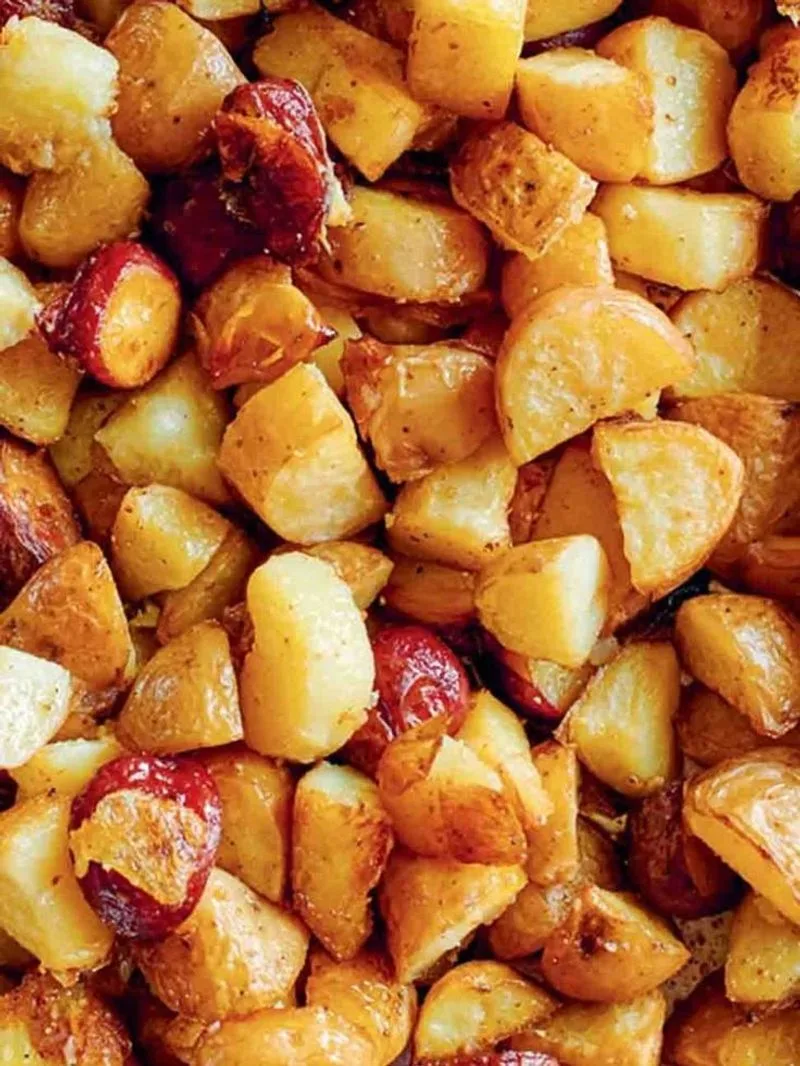
Potatoes, the workhorses of the Appalachian winter pantry, were indispensable for survival. Their hardy nature allowed them to be stored for months in root cellars, providing a reliable food source. From mashed to roasted, potatoes could be prepared in countless ways, complementing any meal. Their versatility made them a favorite among families, who appreciated both their nutrition and adaptability. Grown in the rocky Appalachian soil, potatoes were not just sustenance but a testament to resilience. They were a comforting reminder of abundance, even when the landscape was barren and cold.
Homemade Sausages

Homemade sausages, infused with rich spices and hearty flavors, were a winter delight for Appalachian families. Made from a mix of meats, often pork, and seasoned with herbs from the garden, these sausages were crafted with care and precision. They were a testament to resourcefulness, using every part of the animal. Smoking and drying extended their shelf life, making them a reliable food source. Whether fried up for breakfast or added to stews, sausages were a versatile ingredient. Their robust taste and satisfying texture were a reminder of the warmth and care in Appalachian kitchens.
Molasses
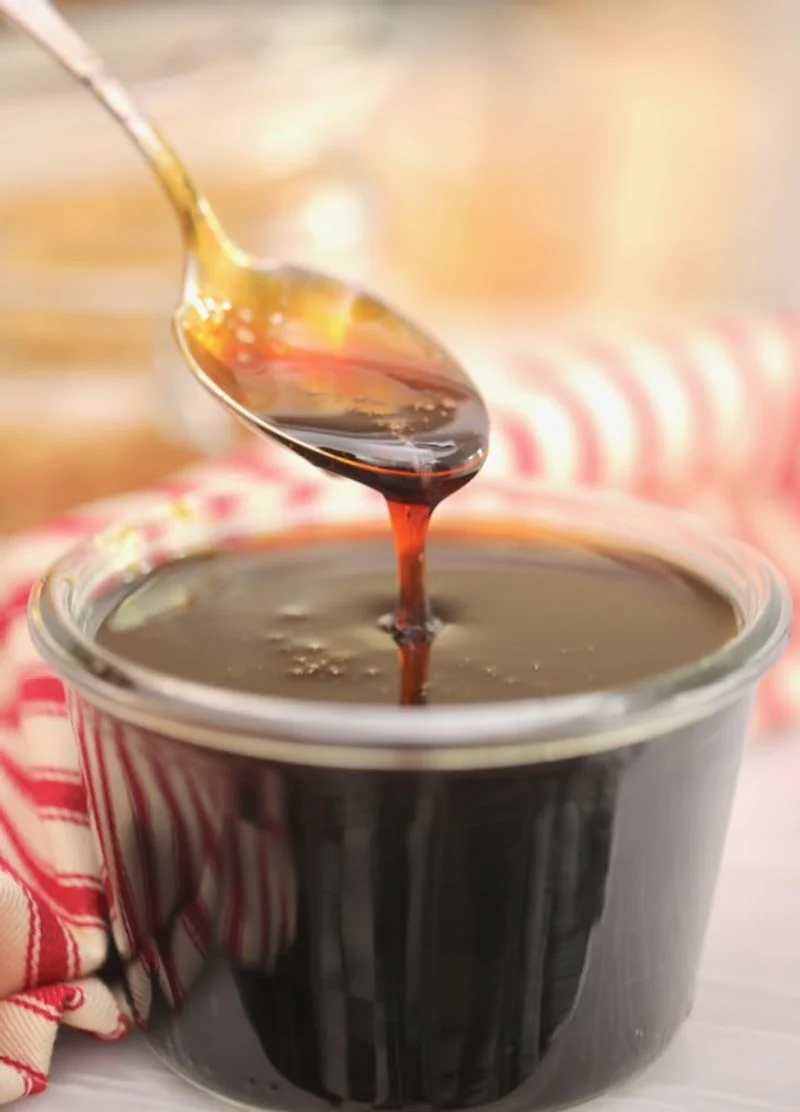
Molasses, with its deep, rich flavor, was a pantry staple for Appalachian families during the winter. Derived from sugar cane or sorghum, this thick syrup added depth and sweetness to various dishes. From gingerbread to baked beans, molasses infused foods with a distinctive taste that was both comforting and energizing. Its high mineral content made it not just a sweetener but a source of nutrition. The long shelf life of molasses meant it could be relied upon throughout the cold months. This syrup was a symbol of Appalachian ingenuity, turning simple ingredients into beloved flavors.
Homemade Apple Butter
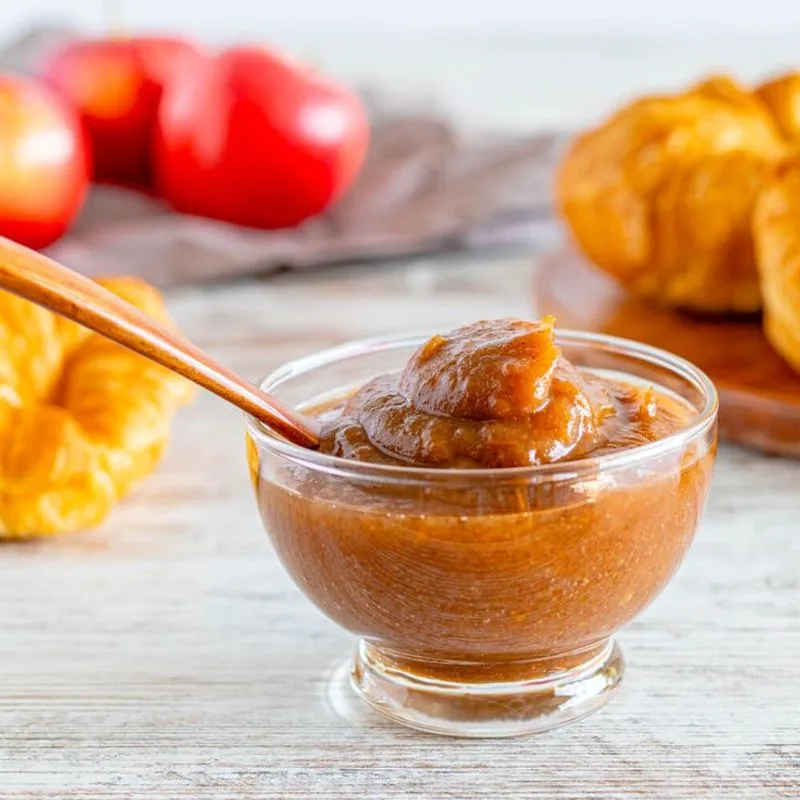
Apple butter, with its smooth, spiced texture, was a cherished spread during Appalachian winters. Made from slow-cooked apples and spices, it was both a treat and a staple. Families spent autumn weekends simmering apples down to a rich, concentrated spread, filling homes with the scent of cinnamon and cloves. This spread was enjoyed on biscuits, bread, and more, offering a touch of sweetness to cold mornings. Apple butter’s longevity and rich flavor made it a popular way to preserve the abundance of fall. It was a sweet reminder of the seasons, capturing the essence of autumn in every jar.
Dried Herbs
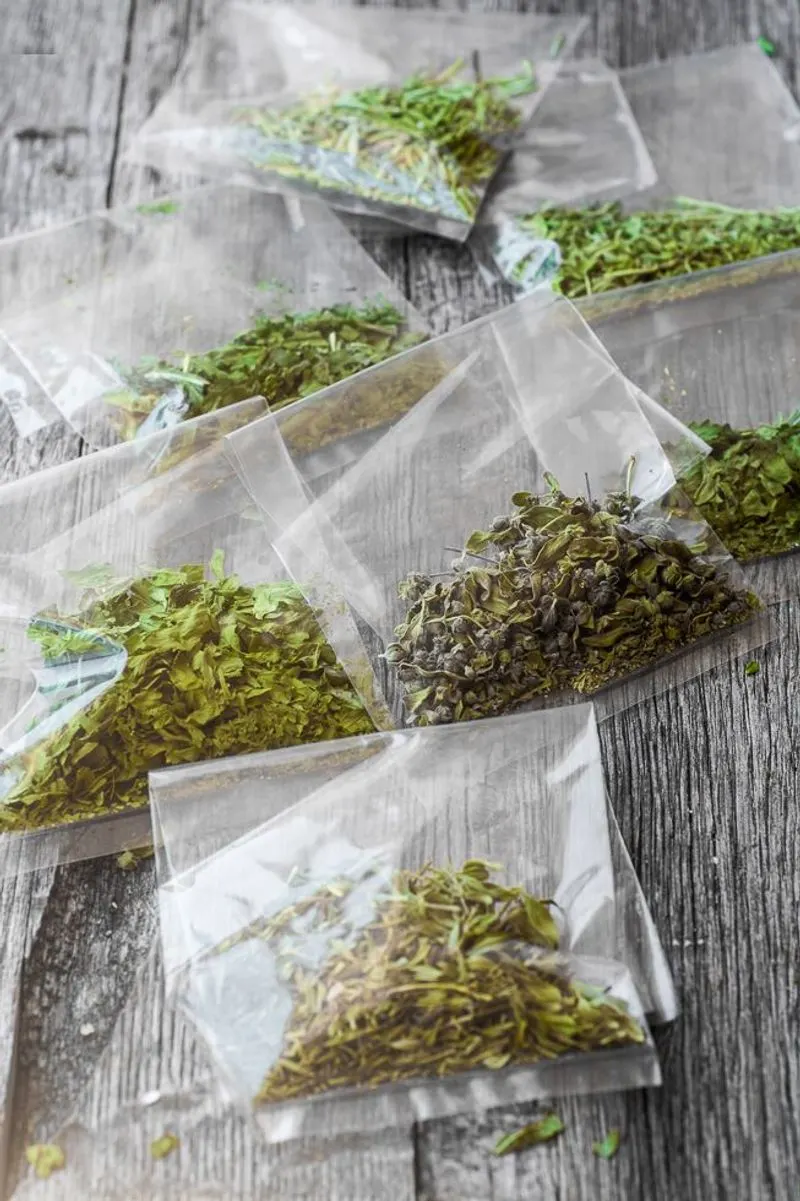
Dried herbs were the silent heroes of the Appalachian winter pantry, infusing meals with flavor and aroma. Collected and dried in the warmer months, these herbs brought a touch of summer to hearty winter dishes. Whether thyme, sage, or rosemary, each herb added depth and complexity to stews and roasts. The practice of drying herbs was both practical and cultural, preserving not only the plants but also traditions and knowledge. They were a cherished addition to kitchens, breathing life into meals. Dried herbs were a connection to the earth and its cycles, even in the dead of winter.
Root Vegetables

Root vegetables, with their earthy flavors and hearty textures, were a winter essential for Appalachian families. Stored in cool, dark root cellars, they lasted through the long months, providing a reliable food source. Carrots, turnips, and beets were versatile ingredients, lending themselves to a variety of dishes. Roasted, mashed, or stewed, these vegetables offered comfort and nutrition. Their vibrant colors and subtle sweetness brought life to winter meals. Root vegetables were a testament to the ingenuity of Appalachian farming, turning the rugged mountain soil into a bounty of sustenance.
Chickens and Eggs

Chickens and their eggs were vital to Appalachian homesteads, providing a steady source of protein throughout winter. Despite the cold, hens continued to lay, offering fresh eggs that were a luxury in lean times. Chickens, hardy and adaptable, thrived in the mountain environment, turning kitchen scraps into nourishment. Their eggs were used in a variety of dishes, from simple scrambles to rich, baked goods. The presence of chickens symbolized self-sufficiency, with each egg contributing to the household’s survival. They were more than livestock; they were an integral part of Appalachian life, embodying resilience and resourcefulness.
Freshly Churned Butter
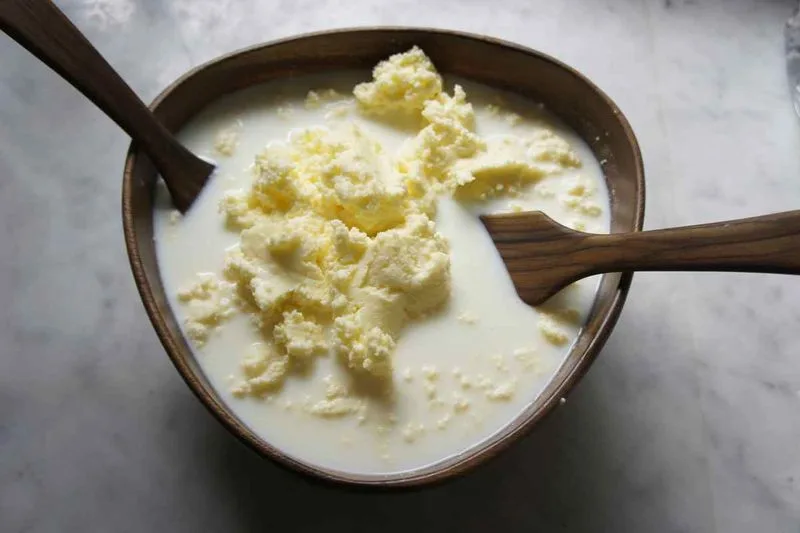
Nothing compared to the taste of freshly churned butter on a crisp Appalachian morning. Made from cream skimmed off the top of milk, the process was a labor of love. The rich, creamy texture and golden hue of homemade butter added a luxurious touch to meals. Spread on bread or melted into grits, it enhanced flavors and brought warmth to winter breakfasts. Churning butter was a cherished tradition, often a communal activity. It was a symbol of self-sufficiency, turning simple dairy into a staple of Appalachian tables. Freshly churned butter was a taste of home and a testament to the craft of cooking.
Homemade Jams
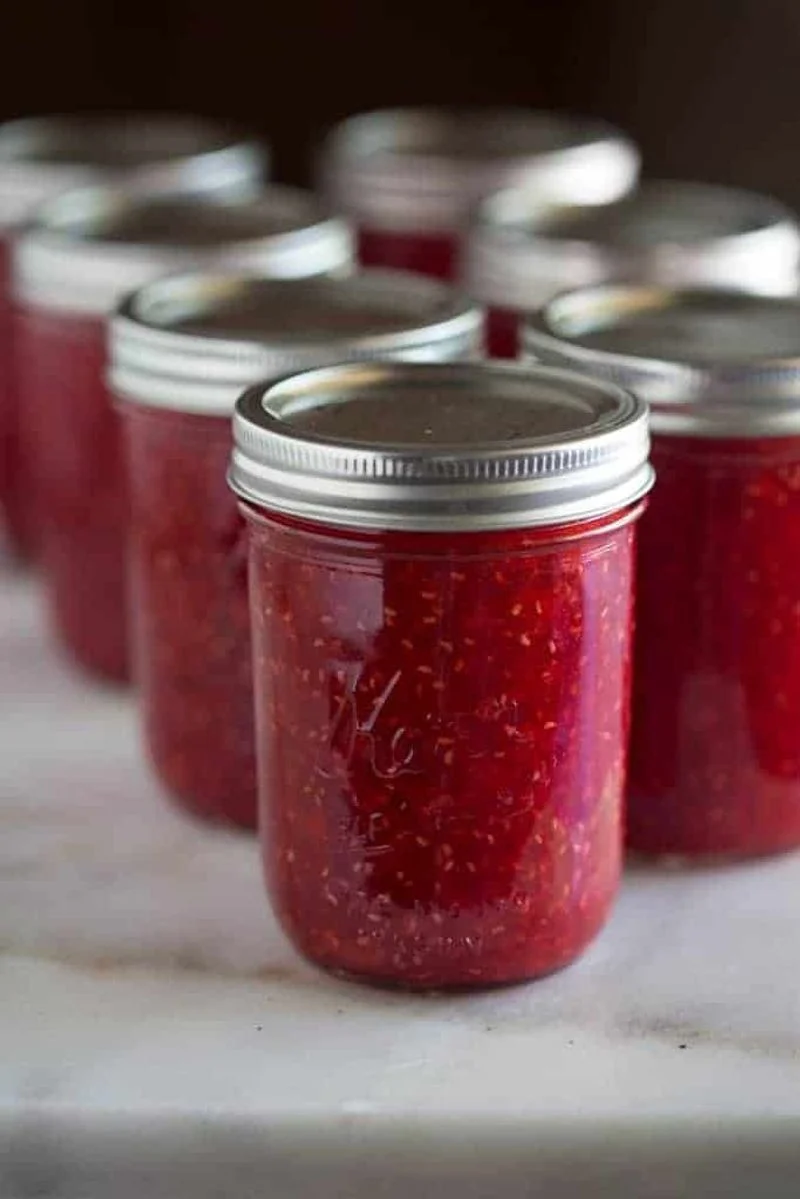
Homemade jams, with their bright flavors and vibrant colors, captured the essence of summer fruits, preserving them for winter enjoyment. Made from berries, peaches, or apples, these jams were a sweet addition to any meal. Spread on bread or used in desserts, they brought a touch of sunshine to dreary winter days. The process of making jam was a cherished family tradition, each jar a labor of love. Preserving fruit in this way ensured that no bounty went to waste, turning surpluses into cherished pantry staples. Homemade jams were a reminder of abundance, even in the midst of scarcity.
Homemade Bread

Few aromas are as welcoming as that of homemade bread baking in an Appalachian kitchen. Crafted from simple ingredients, each loaf was a testament to skill and patience. The warm, crusty exterior and soft interior made it a comforting staple in winter meals. Whether enjoyed with butter, soups, or stews, bread was versatile and satisfying. Baking bread was both an art and a necessity, with recipes passed down through generations. It symbolized the heart of the home, bringing families together around the table. Homemade bread was more than sustenance; it was a slice of Appalachian tradition.
Honey
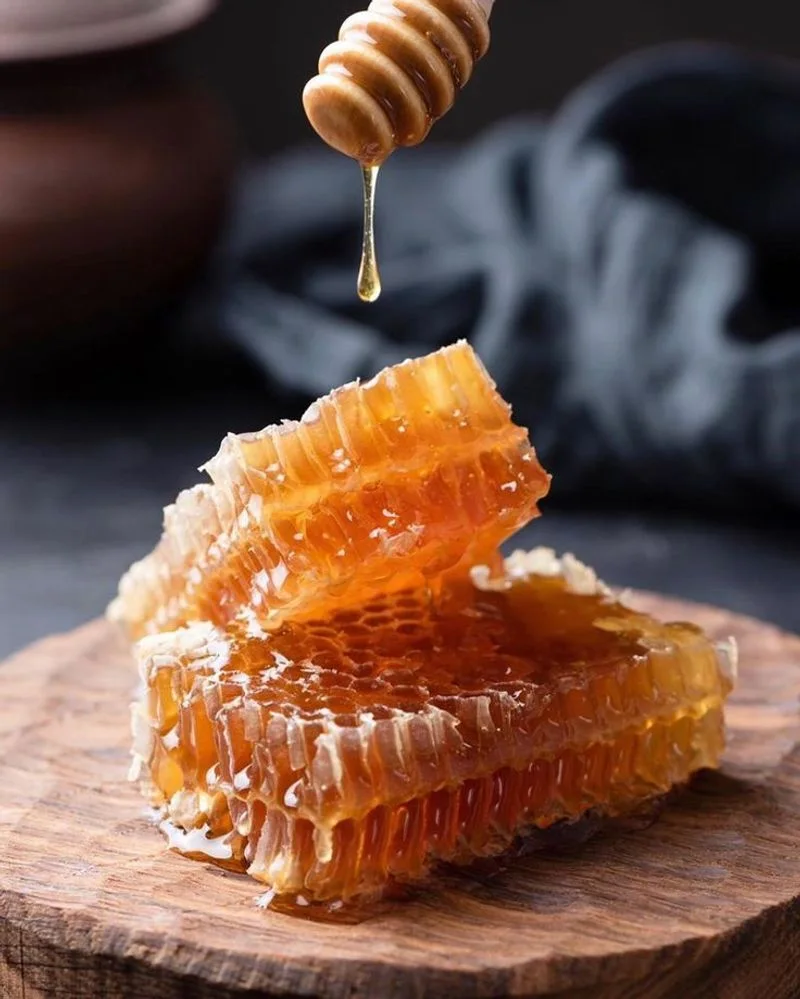
Honey, the golden nectar of the Appalachians, offered sweetness and sustenance throughout winter. Harvested from bees that thrived in the wildflower-rich region, it was a natural sweetener with a multitude of uses. From drizzling on biscuits to sweetening teas, honey added depth to winter dishes. Its antibacterial properties made it a valued remedy, soothing sore throats and coughs. The process of beekeeping was both a science and an art, connecting families to the rhythms of nature. Honey was more than a pantry item; it was a symbol of the delicate balance between humans and the natural world.

